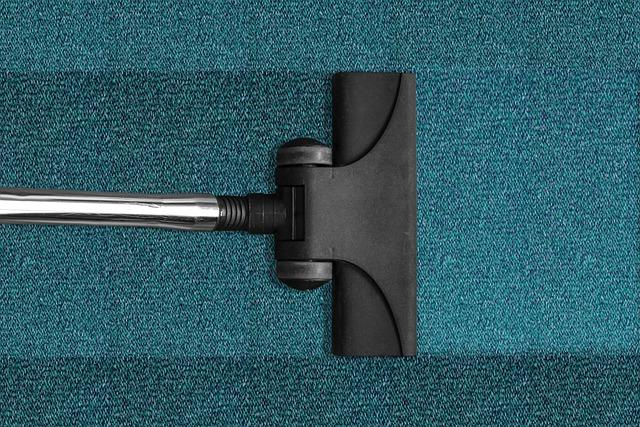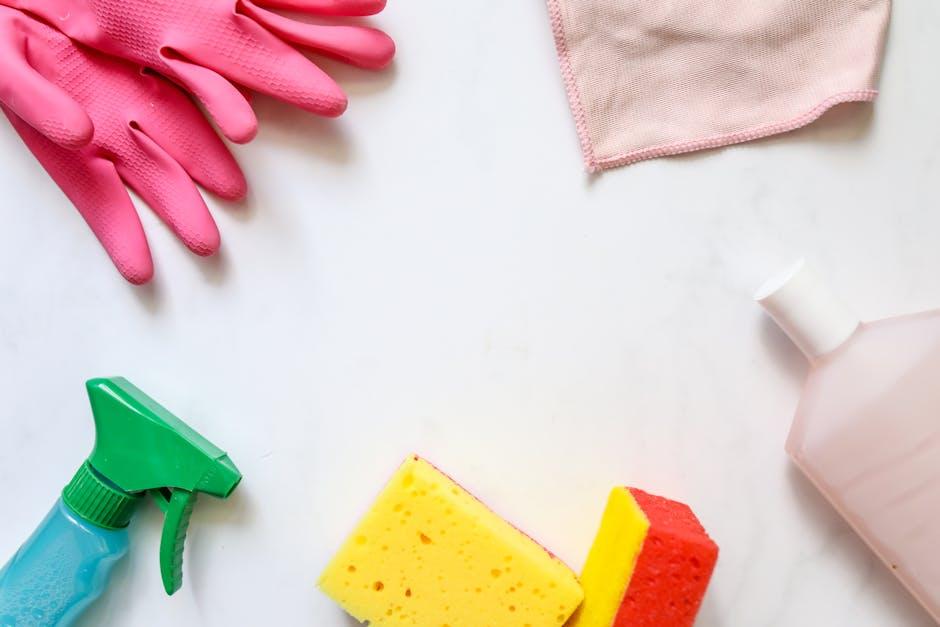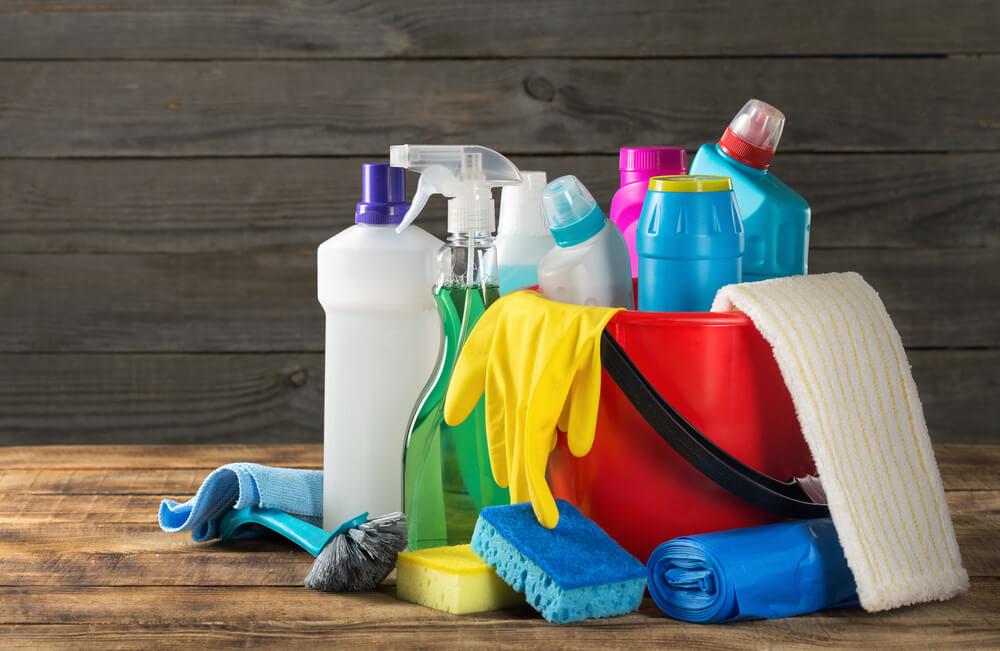When it comes to keeping our kitchens pristine, the right cleaning tools can make all the difference.Amidst the bustling activity of cooking and meal prep, surfaces can quickly become cluttered with crumbs, grease, and stains that demand our attention. Enter the dynamic trio of kitchen cleaning necessities: brushes, sponges, and scrubbers. Each category boasts unique features, strengths, and styles, making the choice of the perfect tool a crucial decision for every home chef. In this article, we’ll delve into the realm of kitchen cleaning tools, comparing the effectiveness, durability, and versatility of various options available on the market. Whether you’re battling stubborn baked-on grime or simply aiming to wipe down your countertops, our extensive guide will help you navigate the myriad choices to find the ideal companions for your culinary sanctuary. Get ready to discover how to elevate your kitchen cleaning game!
Exploring the Essential Brushes for Every Kitchen Cleaning Challenge
When it comes to tackling various kitchen cleaning tasks, having the right brushes at your disposal can make all the difference. Each brush serves a specific purpose, allowing you to efficiently handle everything from greasy stovetops to delicate glassware. Here are some essential brushes for your kitchen:
- Dish Brush: Ideal for scrubbing pots and pans,its sturdy bristles give you the strength needed to overpower stubborn food residues.
- Vegetable Brush: Specifically designed to clean soil and debris off produce without damaging it, ensuring your fruits and veggies are pristine.
- Toilet Brush: A surprising yet useful tool for tackling greasy bases and hard-to-reach areas in your kitchen, especially under appliances.
- Baking Soda Brush: Great for a natural clean, this brush pairs well with baking soda for eco-kind stain removal.
- Detailing Brush: Perfect for corners and crevices, it helps access tight spots that standard brushes can’t reach.
Choosing the right brush not only affects the cleanliness of your kitchen but also impacts the longevity of your cookware. When selecting brushes, itS wise to consider materials and bristle types. For example, nylon bristles are excellent for non-stick surfaces, while natural bristles are more suitable for delicate items. A practical approach is to use a mix for optimal results. Below is a simple comparison table to help illustrate these options:
| Brush Type | Best For | Material | Recommended Use |
|---|---|---|---|
| Dish Brush | Scrubbing Cookware | Nylon | Heavy-duty cleaning |
| Vegetable Brush | Cleaning Produce | Natural Fiber | Gentle scrubbing |
| Detailing Brush | Reaching Tight Spaces | Plastic/Nylon | Precision cleaning |

Comparative Insights on sponges: Performance,Durability,and eco-Friendliness
When it comes to selecting sponges for kitchen cleaning,various factors such as performance,durability,and eco-friendliness play a crucial role. A high-performing sponge not only effectively removes grime but also maintains its structural integrity after multiple uses. Conventional synthetic sponges often fall short on the eco-friendly front.In contrast,natural sponges,like those made from cellulose or loofah,provide excellent absorbency and biodegradability. This makes them a enduring choice for environmentally-conscious consumers.
Durability is another essential consideration. While typical synthetic sponges may wear out quickly, leading to waste, sustainable alternatives tend to have a longer lifespan. Here’s a speedy comparison of sponge materials:
| Material | Performance | Durability | Eco-Friendly |
|---|---|---|---|
| Synthetic | Good | Low | No |
| Cellulose | Excellent | Moderate | Yes |
| Loofah | Very Good | High | Yes |
Ultimately, the choice of sponge should align with your cleaning needs and values. Choosing sponges made from natural materials not only offers effective cleaning properties but also contributes to a healthier planet, making them a top choice for conscientious consumers.

Scrubbers Unveiled: Choosing the Right Material for Optimal Results
When it comes to choosing the ideal scrubber for your kitchen cleaning needs, the material plays a crucial role in effectiveness and longevity. Each scrubber type offers unique benefits, making the decision a balance between performance and care for your surfaces. Here are some common materials to consider:
- Nylon: Durable and resilient, nylon scrubbers can tackle tough stains without scratching most surfaces.
- Stainless Steel: Ideal for heavy-duty scrubbing, stainless steel wool is excellent for pots and pans but should be avoided on non-stick surfaces.
- Cellulose: Made from natural fibers, these eco-friendly sponges offer great absorbency and are gentle on dishes.
- Microfiber: Known for its lint-free finish, microfiber scrubbers effectively trap dirt and grime while being soft on delicate surfaces.
Furthermore,understanding the specific use-case scenarios can enhance your cleaning routine considerably. For example, lightweight fiber scrubbers excel at everyday cleaning tasks and are easy to hold. Consider the following table for quick comparisons:
| Material | Best For | Surface Compatibility |
|---|---|---|
| Nylon | Regular cleaning | Most surfaces |
| Stainless Steel | Heavy-duty scrubbing | Stainless and cast iron only |
| Cellulose | Gentle dish cleaning | All dishware |
| Microfiber | Dust and fine particles | Delicate surfaces |

Maximizing Cleaning Efficiency: Tips for Combining Tools Effectively
To enhance your kitchen cleaning process, combining tools strategically can vastly improve efficiency and effectiveness.As an example, pairing a scrubbing brush with a durable sponge allows you to tackle tough stains without scratching surfaces. When dealing with baked-on grease, start with the scrubbing brush to loosen the debris, then follow up with the sponge to wipe away any remnants. Additionally, consider using a microfiber cloth after your main cleaning session; its plush texture picks up fine particles and ensures a streak-free finish on surfaces like countertops and glass. Don’t forget that a well-organized cleaning kit can keep all your essential tools within easy reach, making the whole process smoother.
moreover,it’s important to use the right cleaning agents alongside your tools to achieve maximum results.For example, employ baking soda for a gentle yet effective abrasive when using a scrubber to clean pots and pans. This combination helps remove stubborn burnt food while being safe for your cookware. if you’re tackling soap scum in the sink, try combining an acidic cleaner with a sturdy sponge for optimal removal. Below is a simple table showcasing the ideal combinations for various kitchen cleaning tasks:
| Task | Tool Combination | Recommended Cleaning Agent |
|---|---|---|
| Oven Interior | Scrubber + Sponge | Baking soda Paste |
| Sinks | scrubbing Brush + Microfiber Cloth | Vinegar Solution |
| Countertops | Sponge + Microfiber Cloth | All-Purpose Cleaner |
Future Outlook
As we wrap up our exploration of the best kitchen cleaning tools—brushes, sponges, and scrubbers—it’s clear that maintaining a pristine cooking space doesn’t have to be a daunting task. Armed with the right tools, each corner of your kitchen can shine with effortless ease. Whether you prefer the gentle touch of a soft sponge or the powerhouse scrubbing of a sturdy brush,the perfect cleaner awaits you in our comprehensive comparison.
Remember, the best cleaning tool is the one that fits your needs and cleaning style, transforming a chore into a simple, satisfying ritual. So, gather your favorites, roll up your sleeves, and embrace the joy of a gleaming kitchen ready for your next culinary adventure. After all, a clean kitchen is not just about aesthetics—it’s about creating a welcoming space for you and your loved ones. Happy cleaning!



